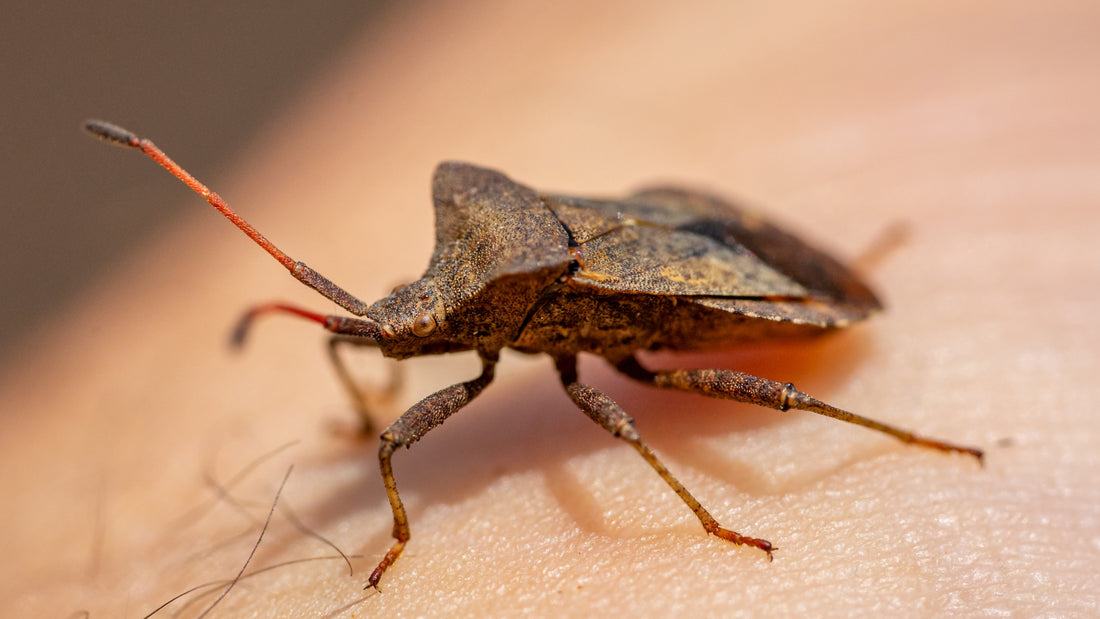Some insects will bite you, some will simply crawl on you, and others will buzz around your head until you’ve been driven crazy. But stink bugs – they have a more potent role in nature. You can tell by their name that these creepy crawlers have something different in store for their enemies. A stink bug looks similar to a beetle but smells more like a chemical. These unique insects will release an odorwhen put on defense to protect themselves from predators. Scientifically known as Pentatomidae, a stink bug gets its name from the scent glands it holds in its thorax.
The stink bug breakdown
Stink bugs are actually an invasive species originally from Asia and now taking over the United States. The first stink bug sighting occurred in Allentown, Pennsylvania in 1998. These pesky critters have kept themselves around for nearly three decades and are tricky to deal with due to their powerful defense mechanisms. While they don’t bite or carry diseases, their smell may ignite allergies in some people.
Though people see them year-round, they especially make themselves known during the warmer months. You may find them inside your home, even dive-bombing at you, so be on alert. Here at Wondercide, we’re clearing the air and breaking down everything you need to know about stink bugs and how to prevent them.
Where will you find stink bugs?
These shield-shaped bugs feed off of agriculture such as vegetables, fruit, and certain ornamental plants. Stink bugs have been known to cause significant economic damage through their destruction of crops. However, they can be found in suburban areas in addition to high agrarian terrains. Stink bugs tend to reside on either coast of the United States, and now also present in the midwest and south.
Since they prefer the warmer months, you may catch them lingering around your home more in the summer or early fall. During the start of the colder seasons, stink bugs often try to find a winter home, which is why they are commonly found indoors. They may flock to ideal areas outside or stealthily creep their way inside your home through an open window or crack. Once inside, stink bugs may be inclined to feed off of scraps of fruits and veggies you have lying around.

How to prevent them
Due to their nature of gravitating towards vegetation, keeping leaves and other plant debris out of your yard is a smart idea that can help prevent these pests from taking shelter on your property. Check for cracks in caulk around doors and windows and holes in screens to see if there’s any space where a stink bug could sneak its way through.
Despite your valiant efforts to keep the bugs away, they can pass the threshold. The important thing to remember is not to squish the stink bug or it will release its smell. Nobody wants that. Wondercide has your back. Use Ant & Roach Spray for the home to combat the stink bug situation. All that’s required of you is to spray the bug in question from about 18 inches away, and that will lead to its final moments.
Ant & Roach spray is lab proven and safe around the family and pets when used as directed. And unlike annoying stink bugs, the plant-powered spray provides a pleasant scent.
How much did you already know about stink bugs, and how much have you learned? We hope that we can play a part in keeping your home void of unwanted guests and smelling fresh. Some bugs can smell your fear, but with stink bugs, you fear their smell. Keep an eye out for these bugs, and be sure to avoid setting off their scent glands!





